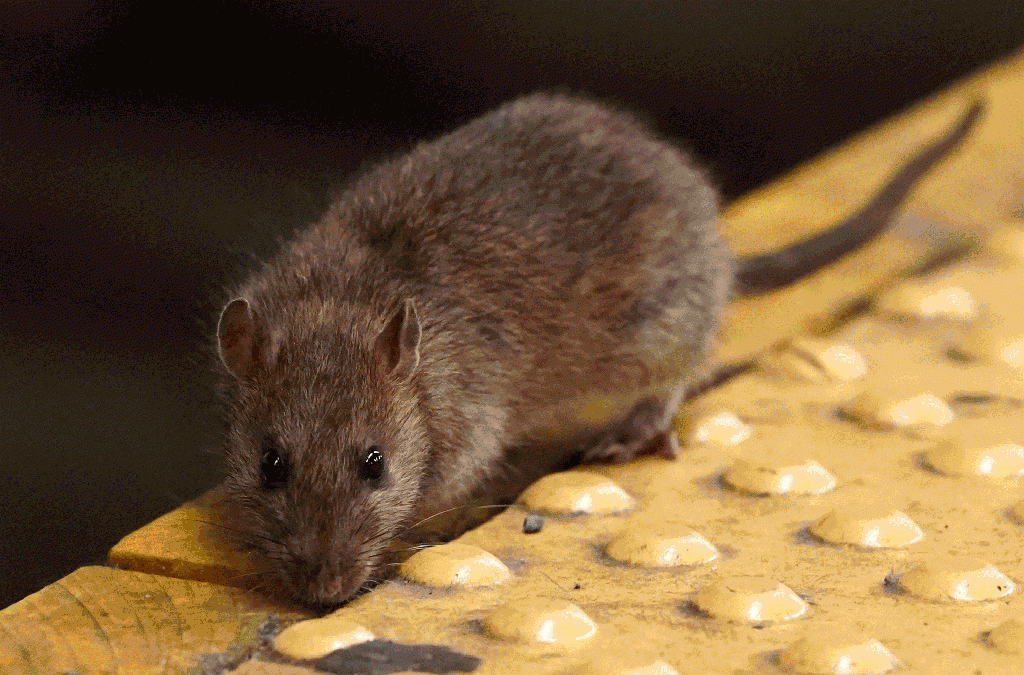The squeak-ret is out.
A new update to a popular app is showing New Yorkers just how rat-infested their subway stations are.
Transit, an urban trip-planning app first released in 2012, recently added the NYC Subway Rat Detector feature. Using information sourced from other users — who choose one of multiple answers on questions such as “Do rats run this city?” and “Are there rats at this train station” — the app shows how rodent-filled a station is. It’s become a surprisingly viral hit.
“It just totally blew up,” Joe MacNeil, Transit’s lead copywriter, told The Post.
Transit’s core offering is showing bus and train arrival times. Now, based on reports from “thousands of rodent spotters across the five boroughs,” it also reveals if a particular station has no rat reports, “one or two” reports or “so many.”
“New Yorkers take perverse pride” in it and “find it amusing [that there are so many rats],” said MacNeil, who is based in Montreal along with the rest of the Transit team.
The new feature debuted in August but has really taken off in recent weeks, thanks in part to posts on TikTok and X, formerly known as Twitter. In October, there were over 17,000 responses regarding subway rat sightings.
“Can we talk about this Transit app update,” dancer Angie Hokulanibegins says over a background showing the NYC Subway Rat Detector in a TikTok video that has accrued over 1.7 million views since being posted late last month. “It tells you how ratty the station is … and there’s a scale of how many rats, 89th rattiest is 42nd Street.”
A Queens-based X user shared a screenshot from the app showing the 149 St – Grand Concourse station’s rating — 10th out of 445 stations.
“
“At least the Bronx made top 10 in something,” the post joked.
The MTA, however, does not seem to be amused.
“Given we have no idea of the methodology surrounding your rat census, we decline to comment,” MTA spokesperson Kayla Shults said in a statement to The Post.
The Transit team hopes that, while the MTA might not yet be on board with the Rat Detector, their findings can at least help inform which stops are most in need of a visit from the exterminator.
Transit has, in addition to its in-app feature, released a “Ratistical Analysis” of its findings on its website showing the “MTA’s busiest platform rat swarms.” The Grant Avenue and Kingston-Throop Avenue A stops and the 191 Street 1 currently hold the dubious honor.
The app — which also provides information for Chicago, Los Angeles, and over 200 other cities — usually asks users questions about quotidian pedestrian things such as accessibility and crowding. But, inspired by the Rat Tracker’s success, will likely begin posing more fun queries to its users.
MacNeil said that some of his colleagues weren’t expecting the rodent tool to be so popular. But those who hail from the Big Apple — or at least who are familiar with the story of Pizza Rat — weren’t shocked.
He said, “I don’t think anybody who grew up in New York was surprised at all.”
Source




